#frankenstein movie
Text
I, in addition to watching the Golden Globe's with the complete absence of Andrew Garfield in it, still come across this Netflix post:

Me:

Me too, at Andrew Garfield's door to convince him to comeback to "Frankenstein" movie:
Netflix, telling me:
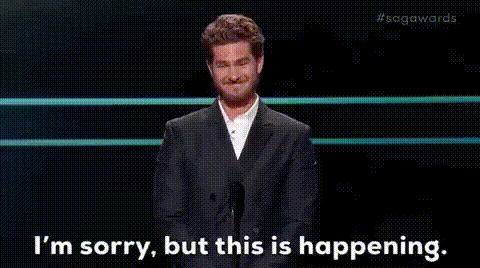
Me:
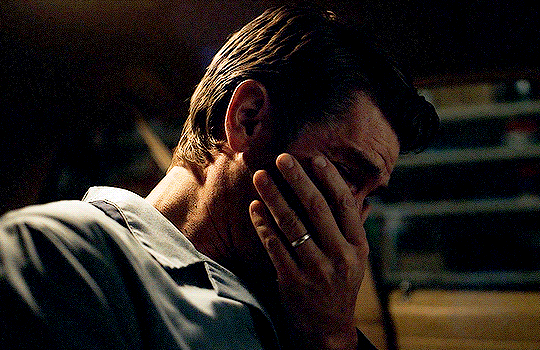
Me too:

That's it.
*end of my outburst*
#andrew garfield#he’s out of the project#frankenstein movie#netflix#outburst#i wanna d*e#aaaaah#frankenstein#guillermo del toro#oscar isaac#mia goth#jacob elordi#goodbye you were bigger than the whole sky#i'm crying#the golden globes 2024#andrew peter#andrew peter parker#tasm peter#tasm peter parker#memes#sincericida
79 notes
·
View notes
Text
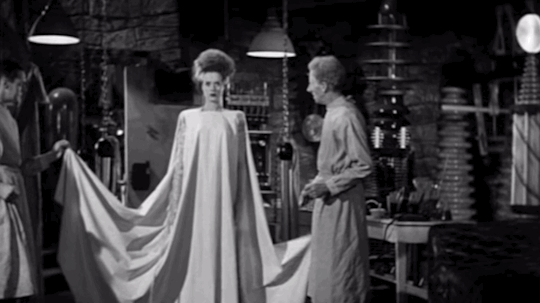
#horror#horror movies#horror movie#movie#gif#movies#gifs#my gif#my gifs#my gif posts#my gif post#horror gif#horror gifs#horror movie gifs#horror movie gif#the bride of frankenstein#bride of frankenstein#Frankenstein#frankenstein movie#frankenstein 1931#boris karloff#elsa lanchester
315 notes
·
View notes
Text
Why didn't anyone tell me Guillermo Del Toro is making a Frankenstein adaptation?!
There was this "double feature" book at my library that had both the Dracula and Frankenstein novels in it. Watching the films after reading the book lowkey peeves me cuz there's so much about the the book that makes Frankenstein's decisions make more sense. First off, he's a college student who got so obsessed with gaining knowledge that he wanted to gain the ultimate knowledge: how to create life. He rationalizes this by saying "Murder victims can awaken and point out their murderers" or "cruel disease or fatal accidents won't snatch loved ones away before their allotted time." His motive is mostly egotistical but there's a line of altruism in it. So he makes the monster and promptly flips out cuz he didn't expect it to work. He creates a newborn and leaves it to fend for himself basically. Now Victor Frankenstein does have character development but the character development comes at the worst time. While he made his monster with no thought for its feelings, he REFUSES to make the Bride cuz he thinks about her potential feelings. He brought the monster alive out of ego but refuses to bring the monster's mate to life out of consideration. What if she hates her assigned mate? What if her opinions differ from the monster's and they don't get along? Or what if they do and create a race of monsters (female reproduction was little understood back then so he doesn't think to leave out the ovaries)? Frankenstein can play God but in the end, he's just a man. He can't create Woman and expect her to submit to Man; she might get offended that her be-all-end-all reason for existence is to be a helpmate (this is how you know a woman wrote this novel). It's understandable but the Monster is denied a life partner and so kills Frankenstein's bride out of petty revenge.
#victor frankenstein#frankenstein#guillermo del toro#oscar isaac#frankenstein movie#mary shelley#mary shelly's frankenstein#horror#mary wollstonecraft#mia goth#goth#gothic literature#drama#tragedy#prometheus
36 notes
·
View notes
Text
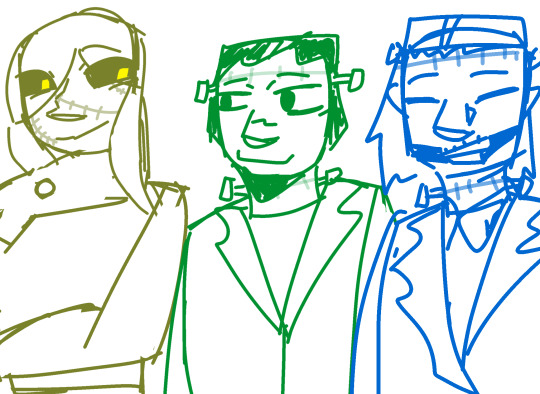
I AM SO NORMAL ABOUT ADAM
#cjgw adam des is by cinnamonsly btw#chonny jash#cjgw#the monsters lament#adam chonny jash#adam frankenstein#frankenstein#frankensteins creature#frankensteins monster#frankenstiensmonster#gothic literature#cj gothic lit#gothic lit art#frankenstein movie#the modern prometheus#frankenstein or the modern prometheus#frankenstein 1931#vess.png
24 notes
·
View notes
Text
On January 8, 1965, The Evil of Frankenstein debuted in West Germany.
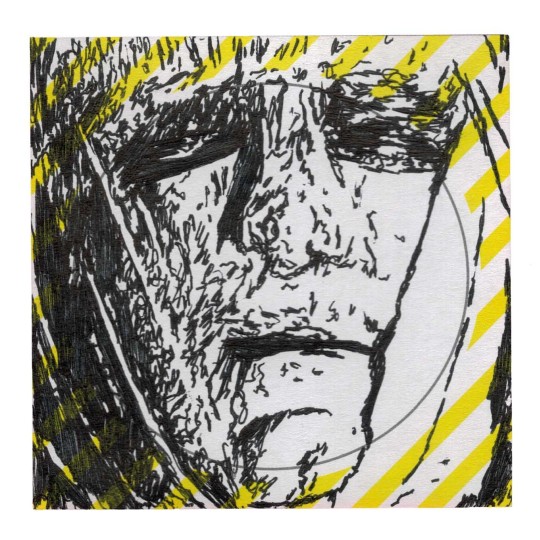

#the evil of frankenstein#freddie francis#kiwi kingston#hammer horror#hammer film#gothic horror#classic horror#horror movies#horror film#horror art#frankenstein#frankenstein movie#frankenstein's monster#frankenstein's creature#sci fi horror#horror scifi#movie art#art#drawing#movie history
9 notes
·
View notes
Text

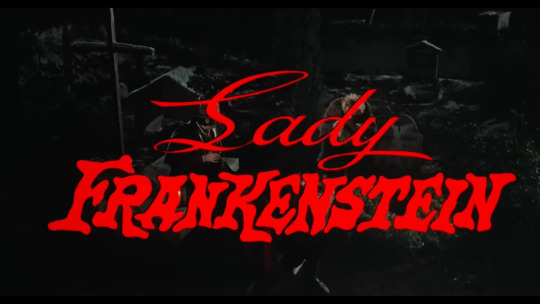


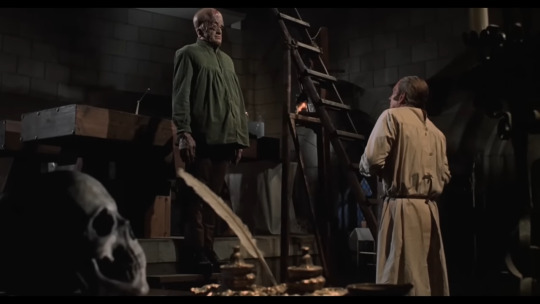

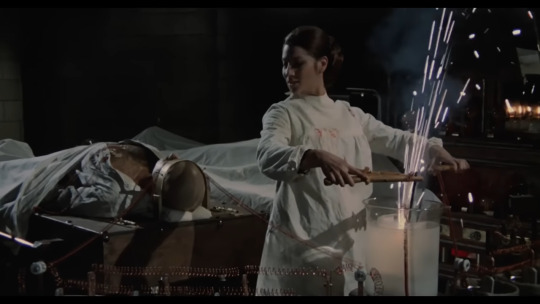
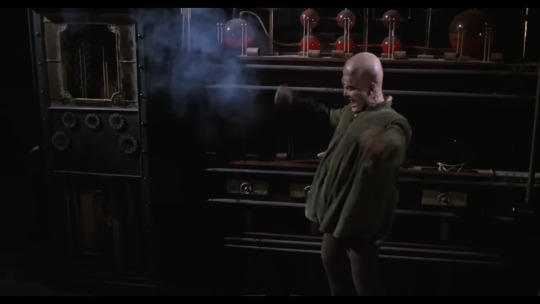
Lady Frankenstein (1971)
A movie that—intentionally or not—subverts the common horror trope of the scientist's daughter. Rather than a naive innocent thrown into the middle of a situation she has no control over, she comes into the situation wanting to get involved and push things further, then very willingly takes control after he father's death. Her development isn't one of a character becoming corrupted by power, but rather revealing more and more who she was the entire time. Overall a decent movie done a disservice by trying to make it seem significantly sexier than it is.
6/10
#gothic horror#6/10#1970s#horror#horror movies#1970s horror#70s horror#frankenstein#frankenstein movie#italian horror#Lady Frankenstein
13 notes
·
View notes
Text
Frankenstein Adaptation Review #2: Frankenstein (1931)
Masterpost of my Frankenstein Reviews
Title: Frankenstein
Year: 1931
Medium: Film
Director: James Whale
Produced by: Universal Pictures
Synopsis/Intro
One of Universal Pictures original monster films, Frankenstein (1931) sets a precedent for many future adaptations of Shelley’s story. It is also responsible for creating many of the iconic symbols that we associate with the mythos of Frankenstein (even if those symbols have little to do with the original story.) I went in mostly blind, but was very pleasantly surprised at how much I enjoyed this film, and better appreciate the creative license it took when adapting the novel. This is the first in a long series of Frankenstein-based Universal monster movies, and I am very curious to see where the films go from here! Buckle in because this is a long one…
Grading
Faithfulness to the Source Material
First off, this film is extremely different from the book. I didn’t realize this going in, I knew there would be some differences obviously, but even just from the opening credits I was so surprised at just how different it was. Right off the bat, we establish that our main character is actually named Henry Frankenstein, and Victor takes the role of what would loosely be Henry in the novel. (Elizabeth does stay the same and I think that is very iconic of her.) I think this name swapping is really interesting, and I’m sure some film/literary scholar has a much deeper thematic analysis on this than I could write. My take is that it was a way of distancing this version of the story from the novel right from the get-go, letting audiences know before the first line of dialogue is even spoken, that this story will be a very different story from its inspiration, and your expectations of this story will be literally flipped. Henry also now has a sidekick/apprentice named Fritz, who I assume is the original version of “Igor” that we see in other adaptations (but I guess I must continue watching more movies to prove that assumption!) I won’t go through every single character here, but those to me were the stand-outs worth mentioning in my own game of spot the difference.
Like the novel, Henry is indeed a college drop-out, although here he leaves academia to create his creature, rather than as a result of his creation. This adaptation also makes our Frankenstein more open to sharing his creation with others, although he still does this begrudgingly. And in general this Henry is not too dissimilar in characterization to the novel’s Victor. They are both obsessive scientists who crave the power of great discovery, and want to overcome the state of death and create life from it. They also both put their work before their love, ignoring Elizabeth and their father in the name of their occupation and obsession. I think Frankenstein’s characterization here, although not one-to-one with the novel, does the most work of relating this film back to the novel, especially when so much else of the plot and characters are completely different. Frankenstein the novel, and Frankenstein the Universal Monster movie are two very different mythos that I am coming to understand are often conflated. I want to better understand and explain how this film created its own modern mythos, but I also want to specifically highlight that Frankenstein himself is very similar between the two.
More on that modern mythos I was talking about, this film is responsible for so much of what we today associate with Frankenstein. The lighting table hoisted into the sky to give life to the creature, the hunchbacked sidekick of Frankenstein, the very iconic “it’s alive!” line, and of course the creature design itself. Most of these are not present in the book at all, or at best are very loosely based on certain descriptions in the novel. But I also don’t hate that they exist here! The lighting table is an homage to the lighting strike that book Frankenstein witnessed as a child that helps spark (pun-intended) his interest in science. Fritz here could be interpreted as a loose allegory for Henry Clervil in the book. Frankenstein’s gleeful “it’s alive!” is also a great foil to the immediate regret and fear that book Frankenstein feels at the successful creation of his creature. I think the film pays a lot of respect to its source material while still being its own creature (once again pun-intended). “Frankenstein”, in my opinion, is a very difficult novel to 100% faithfully adapt. This version chose to completely change the story to serve its own artistic goals and resources, their goals being to create a more horror-oriented and visually-minded adaptation of Shelley’s novel. And we know they were successful because it is one of the most iconic and famous monster films of all time.
So to conclude this section, no, this film had very little accuracy to the novel, but for all the reasons above, I do think in many ways it was still a good and somewhat faithful adaptation in its own right.
Total Category Score: 7/10 points
Production Design
There is so much to say here about this film’s design, both scenically and costume-wise. Starting with the production design, this film distinguishes itself from the novel by putting our setting in a German village set at about the film's release of 1931. Obviously this is another big change from the source material, but I like this decision for two reasons. Firstly, it was probably more practical from a production/costume design perspective, because with all of the other special elements of creature creation in play, adding a period setting on top of that would have an added difficulty that would not be present by just setting it in their modern day. Secondly, I think setting this film in a modern time to its original viewers makes the horror feel more plausible and real to those original viewers. Obviously us viewers over 90 years later won’t feel the same way with this exact film, but it’s probably a similar feeling to what we feel when we watch contemporary horror films today. On the other hand, I am not a huge fan of setting this film in what I presume to be Germany. There are a few different European countries that play a role in the novel, and Frankenstein is a very German-sounding name (I don’t have the linguistics knowledge to tell if if it actually is or not), and some of the creatures time in the book is spent in Germany, so I understand where the decision probably came from. However, I still wish it was set in Switzerland instead. I think this is another way that the mythos of this film tends to overshadow the actual events of the novel, and although it is a minor point, the backdrop of the Swiss alps where Frankenstein lived and where much of the actual conflict between Frankenstein and his creature took place would have been so cool and beautiful to have from a design standpoint. And without doing more research, I don’t have the off-hand knowledge to say how accurate the design of this German town/costumes were, but as a viewer it was beautiful and it did give a strong sense of the given setting. Finally, I want to acknowledge how interesting the windmill was as a choice of setting for Frankenstein’s laboratory. Many adaptations put him in some kind of castle situation, but the windmill feels right for the setting they chose. It gives the impression that Frankenstein cobbled together this somewhat remote lab as to be far enough from the village to have privacy and a high elevation, but also still be close to home and Elizabeth for their upcoming wedding. And the imagery of this burning windmill at the film’s ending is just so epic and even gives a somewhat ambiguous ending as to if the creature was able to escape or not. Although, upon further inspection, the interior was almost entirely stone and the exterior was entirely wooden, so with this continuity error I don’t know how well it would have actually burned, but maybe that’s for me to do more historical research on. (Also I am very excited to one day visit the Frankenstein windmill restaurant that is being built in Universal’s new park in Orlando.)
And now the obvious star of the show, the costume and creature design. Another reason I like their choice of time period is because we get to see these late 20’s/early 30’s garments that tend to get forgotten for the more stereotypical 20’s and 30’s silhouettes. In particular, I was in love with every costume we see in the wedding scenes. Elizabeth’s wedding dress was so beautiful, and the way her veil/train would drape across entire rooms when she moved evoked art nouveau fashion plates which I am obsessed with. The menswear also did not disappoint, I love the outfit he changes into for the final scenes of the film with the flare-hipped breeches. I did a little bit of research and learned that although these garments were mostly associated with motorcycle policemen, they were also associated with big-game hunters, which is perfect for Frankenstein as he is attempting to literally hunt his creation in these scenes (fun fact this garment is also called a “Jodhpur”.) They are a big goofy considering he is not wearing them while horseback riding, but it makes sense thematically so it gets a pass from me.
The creature design gets its own paragraph because there is so much to unpack here. Going in to watching this film, I knew what the creature design would be. It is extremely iconic, and it is what most people associate with the character and is the basis for most adaptations after it. Conversely, because it is so iconic, I was seeing it out of its original context and I was actually not a huge fan of the design in terms of faithfulness to the novel. But now having seen the film and seeing this design in context, I think I’ve mostly changed my mind. The novel only gives us a vague description of the creature, but we know that Frankenstein built him to be beautiful but he ended up being terrifying to all that saw him. I was surprised to realize that the film's design balances this pretty well. He is obviously still grotesque, with his elongated head (a possible nod to the creature design of the 1910 silent film version), neck screws, darkened facial features and scars across his body. But he is also very well-kept and handsome in many ways. His hair is neatly and intentionally styled, the scars are symmetrical and surprisingly neat for being a bunch of separate body parts stitched together. Even his outfit, which is intentionally designed to be too small in some proportions to make him appear larger and more hulking, is a clean suit and pants. The designer has managed to give him these humanizing aspects, while still making him appear horrifying and other-worldly. And it is a testament to the genius of these design decisions that this creature’s design has stood the test of time. The only things I might have changed would be putting his screws at his temples rather than his neck, and changing out his dark t-shirt looking garment for some kind of collared shirt (only because he unintentionally looks like he’s from the 80’s, but I guess it is kind of cool that this creature dressed in trends 50 years before they actually happened.) Obviously that is me being nitpicky, but I absolutely get the obsession with this creature design now, and I am excited to see how or if it evolves in this film’s sequels.
Total Category Score: 9/10 points
Entertainment value
Despite the extensive creative liberties that this film took in adapting Shelley’s novel, I still had a great time watching it. There is always a worry with watching these old films that they will automatically be boring to a modern eye, but I don’t think this film had that issue. I was always anxious to see what Frankenstein or the creature would do next, and knowing the plot of the book, I was always surprised because the plot of the film was so different. The creature’s kill-count is much lower than in the book, here he is only responsible for killing the doctor and a young girl named Maria. The scene with the creature and Maria was one of my favorites. It was a necessary moment to show the creature’s humanity, and that it only really meant to hurt those who had antagonized him first. He accidentally and very suddenly kills the young Maria, and this is what ignites the village to hunt him down. [edit: I had a later realization that this scene parallels a scene in the book where the creature saves a young girl from drowning. It’s interesting that in both mediums, whether the creature saves her or accidentally dooms her, he is persecuted. Another example of how this movie literally flips the script of the book.] Like the novel, he is continuously misunderstood and mistreated by everyone he meets. But unlike the novel, where the young William immediately distrusts the creature, little Maria only shows him immediate kindness, and reminds us of the innocence of children. I like that the film implies that children are not born with hatred, but learn it instead, a theme that we mostly don’t see in the novel. And that’s the great thing about film adaptation, we get to explore themes and ideas that might have been glossed over or missed in the source material, and I am very glad that this film did that. And obviously the horror of this very old film will not feel the same watching it today as it would have when it was originally released, but at times I still found myself feeling the horror which was surprising.
Total Category Score: 8/10 points
Bonus Points
Character(s) included/mentioned (1 point each):
- Robert Walton and/or Henry Clerval: no.
- The DeLacey Family: no (Maria and her father are a close allegory though.)
- Justine Moritz: no.
- William and/or Ernest Frankenstein: no.
Victor(y) points (1 point each):
- Is Victor aged 18-26 years old: Yes!
- Is Victor a college dropout: Yes!
- Does Victor have an accent that is not American or British: no.
Miscellaneous (1 point each):
- Setting is primarily in Switzerland: no.
- Are there homoerotic undertones: no.
- Does the Creature have intelligence: no.
Total Category Score: 2/10 points
Final Score: 26/40 points
[Housekeeping notes: I had to change to the legacy post editor because this review was literally too long for the new editor to handle. If anyone has some tips for that let me know, in the meantime the text formatting might just look slightly different. Also I’ve been making slight review formatting changes, so I may go back and update previous posts to reflect those changes, although the content of the review will be the same. Thanks y’all!]
#frankenstein#frankenstein or the modern prometheus#mary shelley#victor frankenstein#Frankenstein movie#universal monsters#universal monsters frankenstein#movie review#frankenstein adaptation#waateeystein reviews
8 notes
·
View notes
Text
THEY ARE MAKING A FRANKENSTEIN MOVIE WITH ANDREW FUCKING GARFIELD
Whyyyyy did it have to be Andrew Garfield
#I was HOPING for a good adaptation#they need a teberculosis ridden teen to play victor#not a famous actor#Frankenstein#Frankenstein movie
5 notes
·
View notes
Text
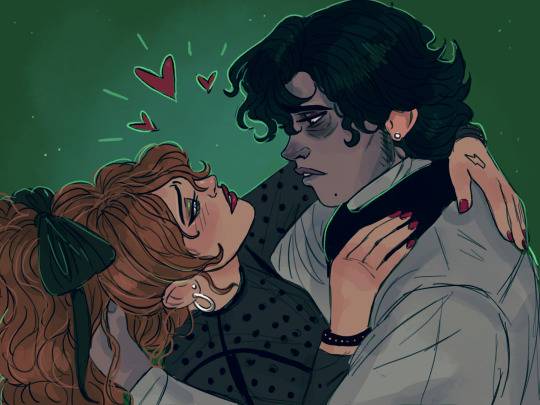
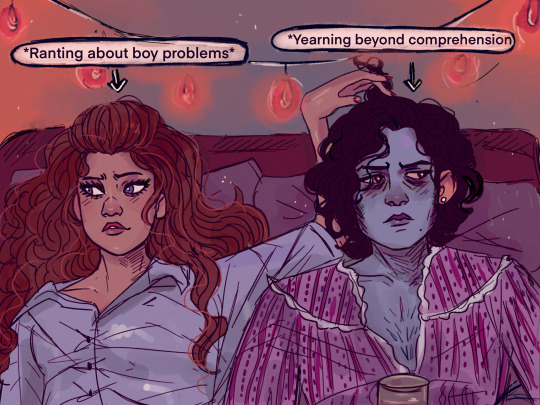
⚡️DEATH IS ONLY TEMPORARY I’LL LOVE YOU FOREVER!!!⚡️
#MOVIE OF THE DECADE CINEMA IS BAAAACK#I need to rewatch it 1000000 times NOW#that one post that is like Lisa Frankenstein is for the people who have beef about the ending to corpse bride#I feel so seen#weird girl nation rise#lisa frankenstein#Lisa Frankenstein fanart#my art#not my oc
11K notes
·
View notes
Text

Why's everybody actin' funny?
Why's everybody look so strange?
Why's everybody look so nasty?
What do I want with all these things?
#lisa frankenstein#this movie is everything to me right now.......... 😭#kathryn newton#cole sprouse#zelda williams
5K notes
·
View notes
Text

“When you have a strong father figure, it's a big part of our lives. This version of Frankenstein very much goes down that thematic road. So, I feel like this is the third film in Guillermo's father trilogy.” — producer J. Miles Dale
#andrew garfield#oscar isaac#mia goth#guillermo del toro#frankenstein movie#article#peter parker#spider man#the amazing spider man#tasm#tasm peter parker#tasm peter#andrew peter parker#andrew peter#sincericida
163 notes
·
View notes
Text
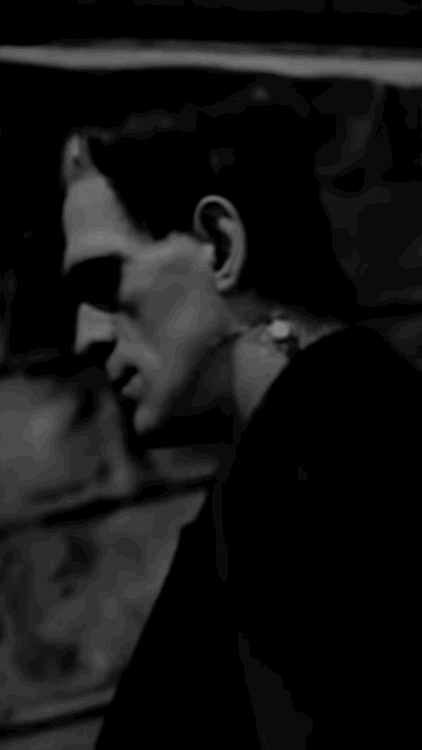
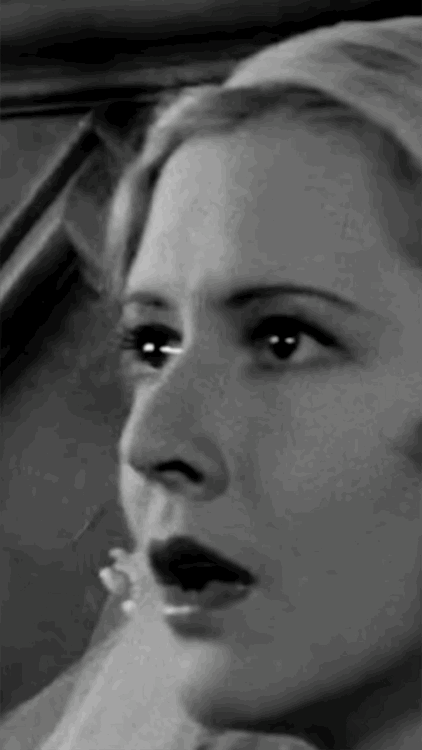





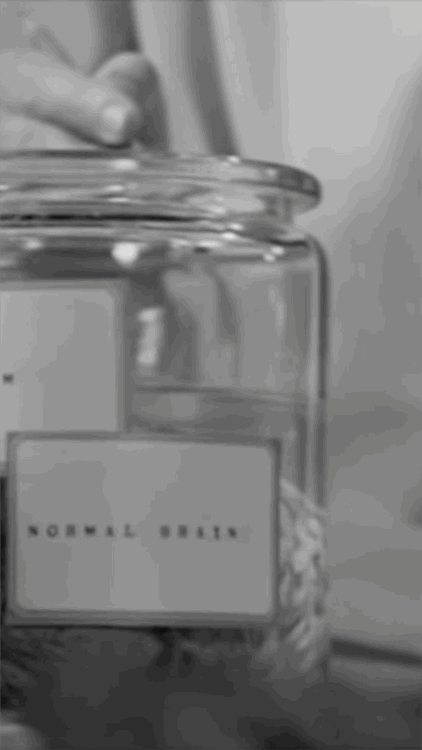

“Look! It's moving. It's alive. It's alive... It's alive, it's moving, it's alive, it's alive, it's alive, it's alive, IT'S ALIVE! Oh, in the name of God! Now I know what it feels like to be God!”
#horror#horror movies#horror movie#movie#movies#gif#gifs#my gif#my gifs#my gif post#my gif posts#my gif pack#horror gif#horror gifs#horror movie gif#horror movie gifs#Frankenstein#Frankenstein 1931#frankenstein movie#frankenstein’s creature#frankenstein’s monster#boris karloff#colin clive#1931#30s horror#30s horror movie#30s horror movies
99 notes
·
View notes
Text
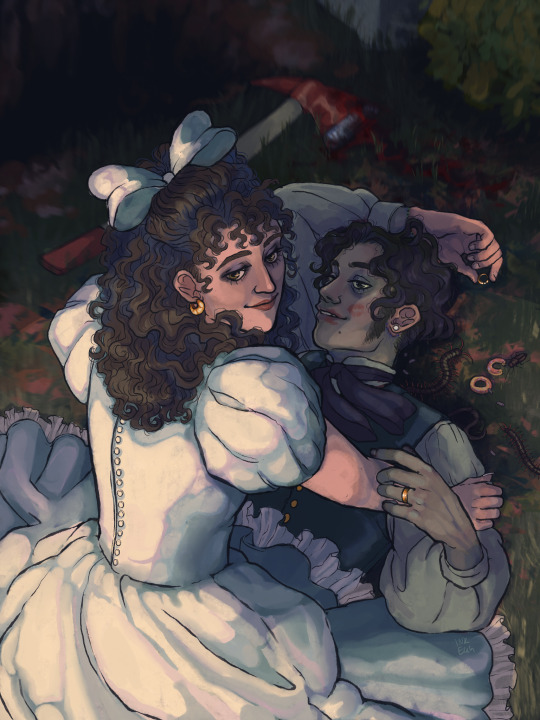
I watched Lisa Frankenstein 6 times in the last 48 hours. This movie...
Pose ref under cut

#lisa frankenstein#lisa swallows#the creature#frankenstiensmonster#frankenstein#jennifers body#monster romance#lers fucking go#this movie is so t4t
6K notes
·
View notes
Text





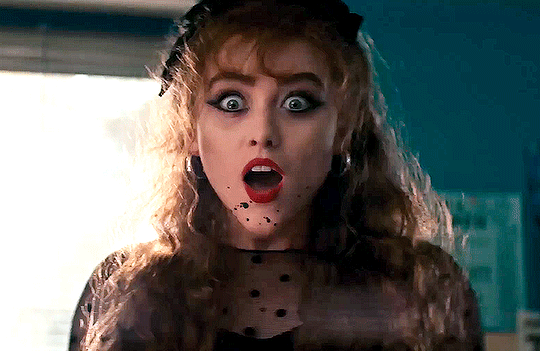






Kathryn Newton as Lisa Swallows
LISA FRANKENSTEIN
written by Diablo Cody & dir. Zelda Williams
Coming to theaters February 9th, 2024!
#lisa frankenstein#kathryn newton#knewtonedit#femalegifsource#femalecharacters#userladiesblr#horroredit#userstream#userbbelcher#dailytvfilmgifs#moviegifs#chewieblog#horrortvfilmsource#filmcentral#filmgifs#gifset#movies#ours
6K notes
·
View notes
Text
On January 17, 1971, The Horror of Frankenstein debuted in the United States.

Here's some new David Prowse art!
#the horror of frankenstein#jimmy sangster#david prowse#horror#sci fi#frankenstein#frankenstein movie#frankenstein's monster#horror art#horror movies#70s horror#monster movies#monster art#movie art#art#drawing#movie history#pop art#modern art#pop surrealism#cult movies#portrait#cult film
1 note
·
View note
Text
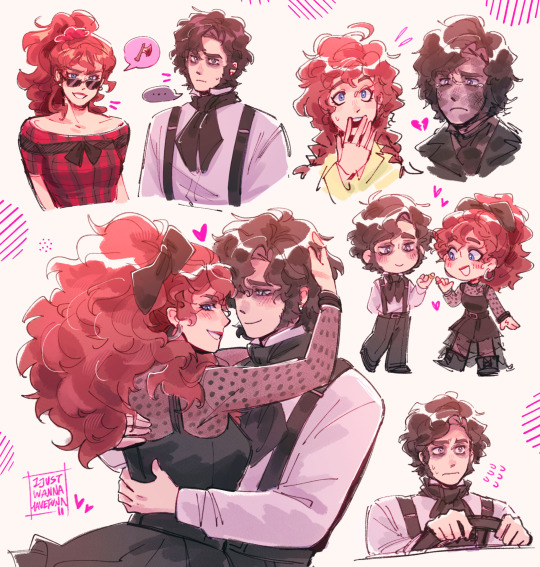
I love this movie so much to the point of OBSESSION 😭❤️❤️❤️
I would recommend "Lisa Frankenstein" to anyone! Even if you don't like this type of romance movie, it's still really entertaining in my opinion 🥺❤️
#lisa frankenstein#lisa swallows#the creature#ijustwannahavefunn's art#fan art#digital art#doodle#doodles#movie#movie recommendation
5K notes
·
View notes